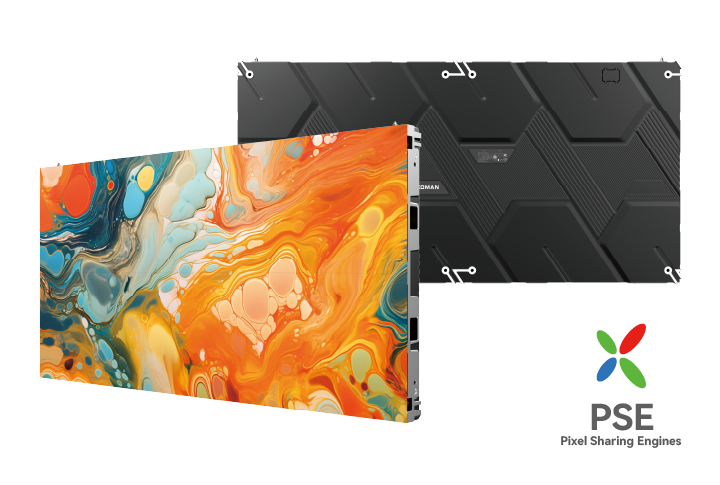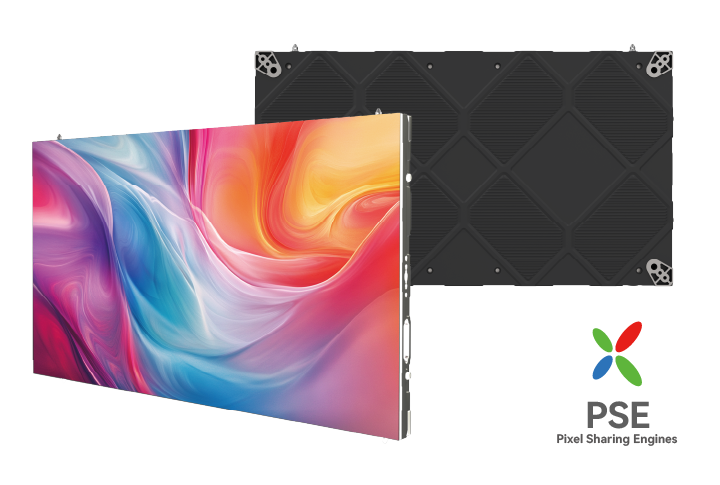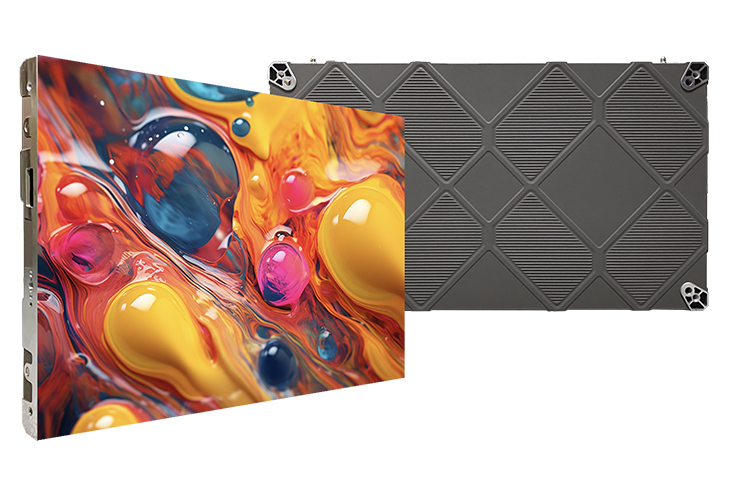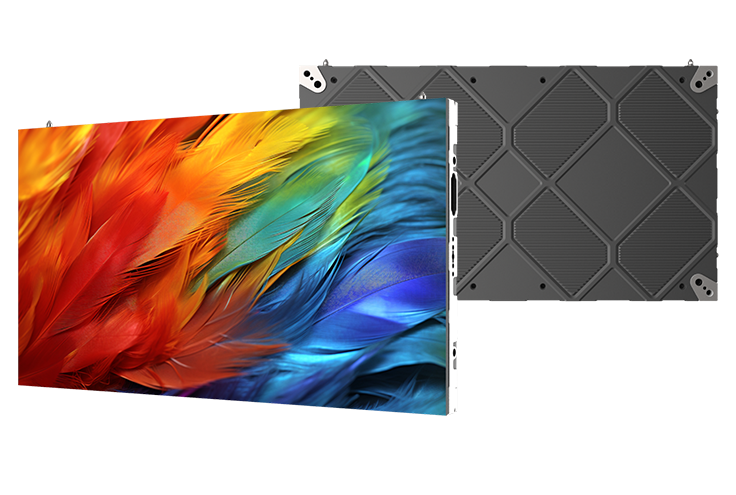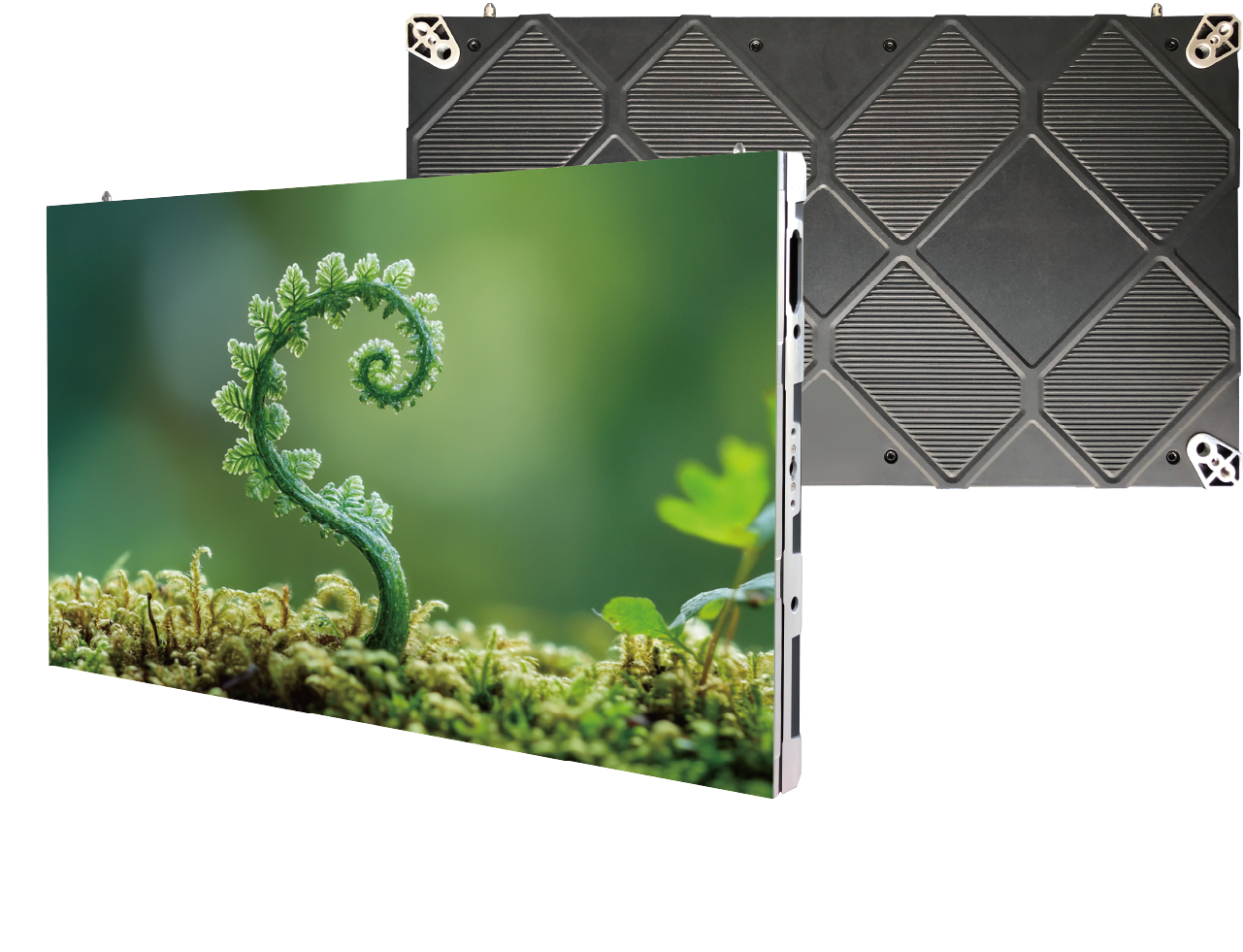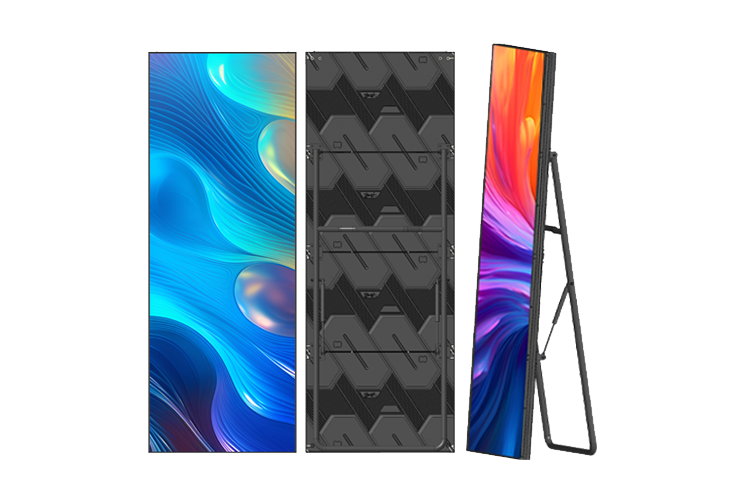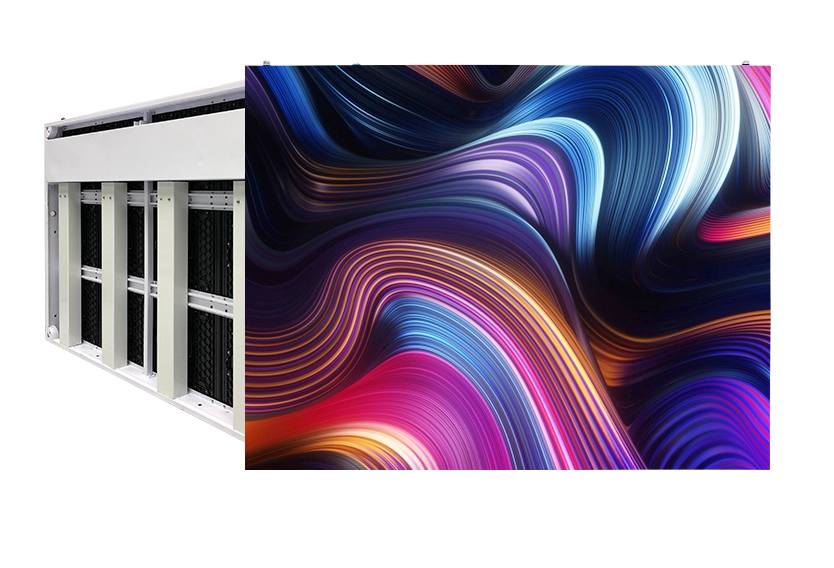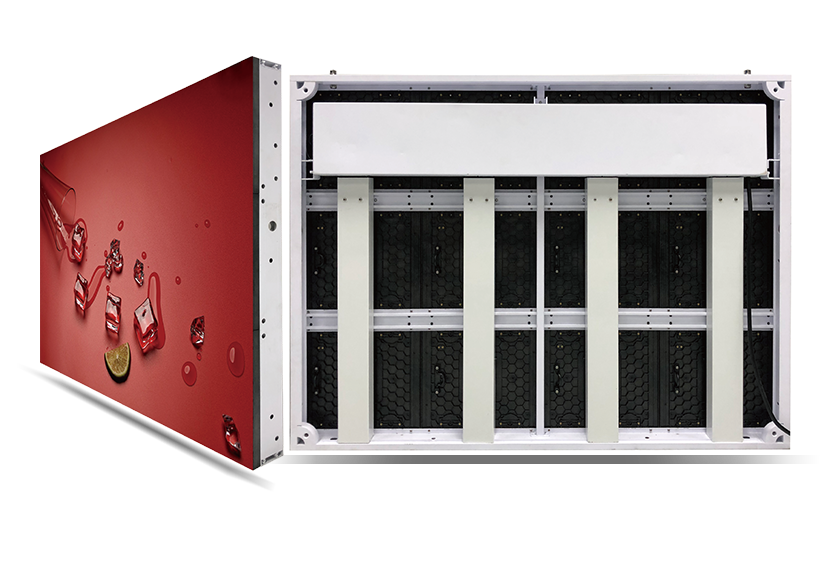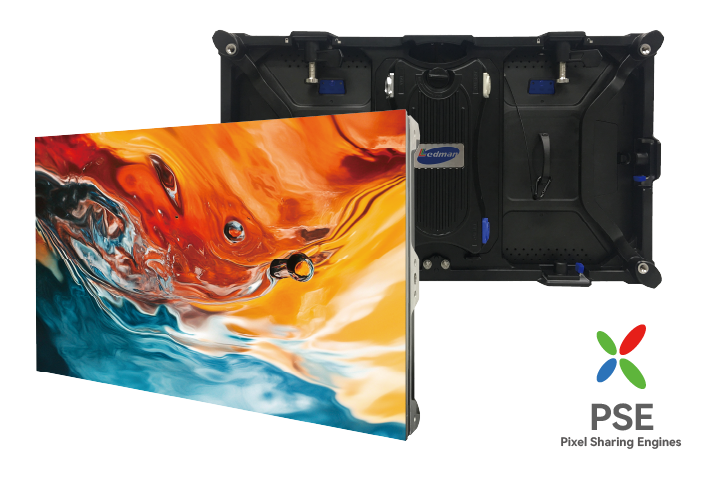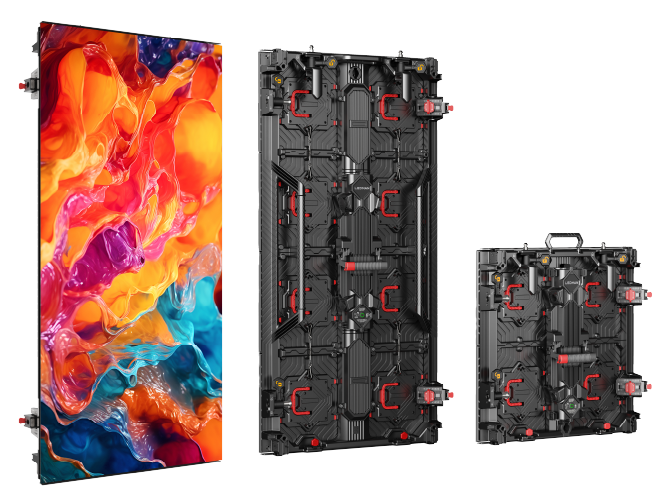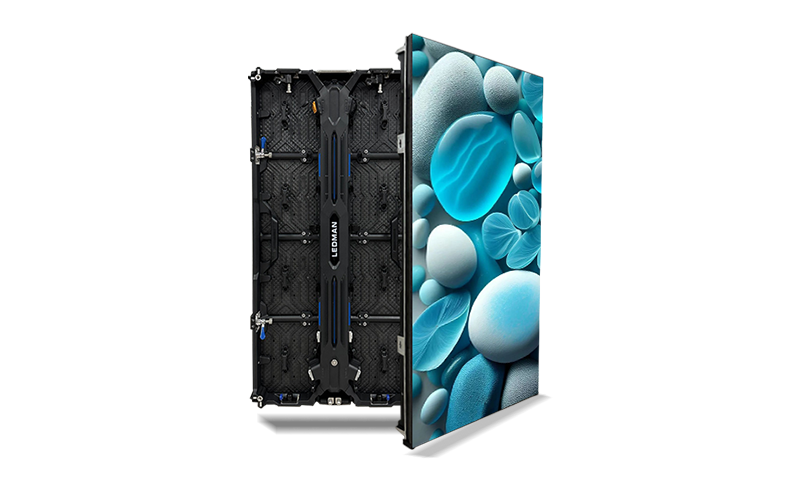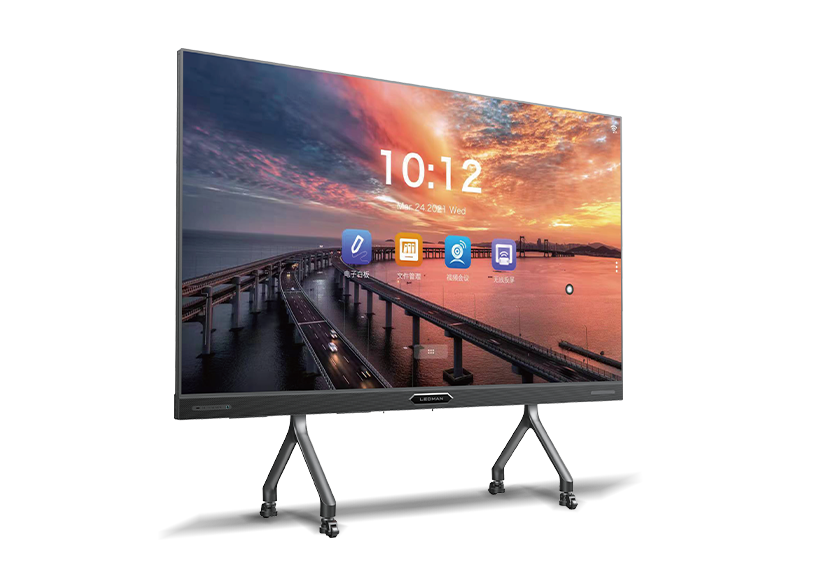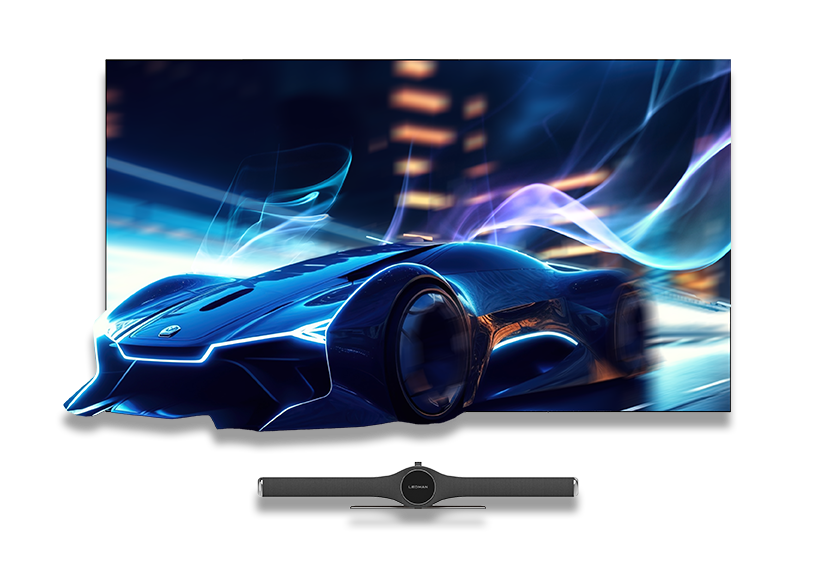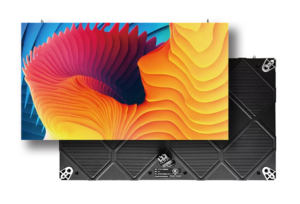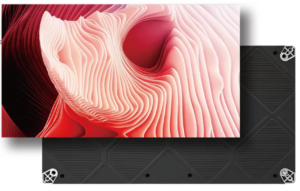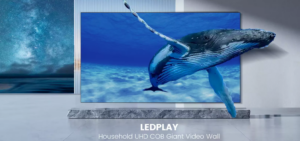Micro LED Displays are technological marvels that reform visual experiences across different applications. A micro LED display is not just a screen but a groundbreaking tool that significantly impacts how we see and interact with digital content. These intricate displays push the limits of visual possibilities, from improving the clarity of smartphone screens to making vivid video walls. From medical care to businesses and entertainment, micro LED displays are reshaping industries with their unmatched versatility and clarity.
Nonetheless, it is fundamental to protect intellectual property to ensure fair competition and support continuous innovation in the micro LED display industry. Patents, trademarks, and copyrights serve as the basis for protecting these rights and creating a favorable environment for the growth of manufacturers.
Foundations of Micro LED Display Technology
Micro LED displays emerged as a promising innovation in the mid-2000s, but miniaturization and large-scale production confronted obstacles. However, revolutionary advancements were made possible by the industry’s dedication to invention and advancement.
A noteworthy turning point in the evolutionary process was the advancements in semiconductor technology. These developments were essential in getting past the early obstacles. They improved performance and functionality and increased the efficiency of micro LED displays.
Precision engineering was another significant advancement that enabled more accuracy and finer details in the manufacturing process. Consequently, micro LED displays started to show better clarity and vibrancy, which attracted more and more attention from a wide range of applications.
The ongoing evolution of manufacturing processes further accelerated the developmental trajectory. As a result, creative chip integration techniques were created, which were crucial in turning micro LED displays from a theoretical concept into a commercially feasible technology. Seamlessly integrating several tiny LED chips on a single substrate was a breakthrough that significantly improved display design freedom and resolution.
Revolution of Micro LED Display Technology
Today, micro LED display solutions provide consumers with an unmatched visual experience across a variety of applications. These screens are widely used in many industries, such as gaming, healthcare, and entertainment.
One of the prominent names for taking micro-LED technology to new heights is Ledman. The latest development in micro LED display technology is Ledman’s revolutionary Super COB (Chip on Board) technology. By skillfully combining several tiny LED chips onto a single substrate, this novel technique raises the bar for flexibility and resolution. The technology offers a high refresh rate, anti-knock design, and high heat dissipation. Ledman has around 460 granted and pending patents[1] for this latest technology in countries all around the globe.
- Ledman’s DS Series is a proprietary technology. This energy-saving screen offers ultra-high contrast, fantastic color reproduction, and lossless image quality with incredible high consistency in black color performance.
- Ledman’sYS Series is an exclusive patented technology offering energy-saving HD screens with superior color reproduction, ultra-high contrast, lossless image quality, and consistent high black color representation.
Patents As A Critical Factor in Micro LED Development
Patents are essential when it comes to safeguarding novel advancements in micro LED display technology. They act as a barrier, encouraging an innovative culture in businesses and assisting in the ongoing development of this groundbreaking technology. Patents stimulate investment in research and development as well as the investigation of novel concepts and methods in the Micro LED industry by granting exclusive rights to corporations and inventors.
Many noteworthy patents have helped further the development of micro LED displays, such as patents related to mass production, improved energy efficiency, and miniaturization techniques. Furthermore, patents have enabled improvements in color calibration, pixel density, and display assembly methods.
COB Giant Video Wall LEDPLAY by Ledman
Ledman’s COB Giant Video Wall LEDPLAY offers unique visual experiences thanks to its cutting-edge technology. With advanced COB micro LED technology, LEDPLAY boasts a super size with ultra-high definition and hyper sound, perfect for home entertainment.
Moreover, the video wall home theater offers fantastic protection against water, mold, mildew, dust, collision, and static. The best part about the indoor LED video wall is its eye-friendly features, including anti-blue light, self-illumination, and eye protection modes.
Summing It Up
Intellectual property protection is key in securing the future of the micro LED industry. By securing patents, trademarks and copyrights, the micro LED display industry can support a prosperous and competitive development environment.
A balanced approach is essential as it allows for a balance between fostering innovation and protecting intellectual property. This balance is vital for the continued growth and advancement of the micro LED sector and, ultimately, shaping the future of micro LED manufacturers such as Ledman, which are at the forefront of innovation.
Ledman hereby calls on the industry to respect the achievements of others in the development of the industry atmosphere together to promote the healthy development of the LED display industry.
Reference
[1] The lowdown on Ledman’s Super-COB display technology. Available at: https://www.avinteractive.com/sponsored-story/the-lowdown-on-ledmans-super-cob-display-technology-12-07-2023/ (Accessed 25th Jan)







